Kevin Godbee
 Thank you for joining us for The Pipes Magazine Radio Show—the only radio talk show for pipe smokers and collectors. We want to thank you for listening and being one of our loyal 15,000 weekly fans. Your host is Brian Levine and in tonight’s “Pipe Parts” segment, the topic is Flake Tobaccos. Brian will talk about the origin and make-up of flakes, along with tips on different ways to pack, rub out, or not to rub out flakes. Our featured guest is Ronni Bikacsan. “Ronni B” is the go-to guy if you want to pimp your pipe. He specializes in customizing pipes to make them better and is a wealth of intriguing information about pipes. So get ready to get “pipe geeky”. We’ve got some great upbeat music, my personal favorite rant so far, and it’s somebody’s birthday again this week, so get ready to sing Happy Birthday with us.
Thank you for joining us for The Pipes Magazine Radio Show—the only radio talk show for pipe smokers and collectors. We want to thank you for listening and being one of our loyal 15,000 weekly fans. Your host is Brian Levine and in tonight’s “Pipe Parts” segment, the topic is Flake Tobaccos. Brian will talk about the origin and make-up of flakes, along with tips on different ways to pack, rub out, or not to rub out flakes. Our featured guest is Ronni Bikacsan. “Ronni B” is the go-to guy if you want to pimp your pipe. He specializes in customizing pipes to make them better and is a wealth of intriguing information about pipes. So get ready to get “pipe geeky”. We’ve got some great upbeat music, my personal favorite rant so far, and it’s somebody’s birthday again this week, so get ready to sing Happy Birthday with us.
Tonight’s show is sponsored by SmokingPipes.com, Missouri Meerschaum, and 4noggins.com, Please give them some consideration when making your next pipe or tobacco purchase.
We hope you enjoy our 45-minute show produced just for you—the pipe smoker and collector. The following link will launch a pop-up player. Alternatively, you can download the show in iTunes after the initial broadcast is complete here.
Ronni B of NightOwl PipeWorks
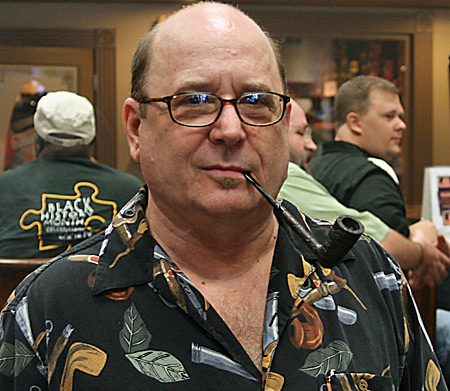
See the NightOwl PipeWorks Website Here
To go along with the discussion on flake tobaccos, here’s a piece by Bob Tate that includes 4-videos on different ways to prepare flakes – Flake Pipe Tobacco Preparation.
Here is a photo from the former Orlik (Now STG) Tobacco Factory where you can see the pressing of flake tobacco that Brian talks about.
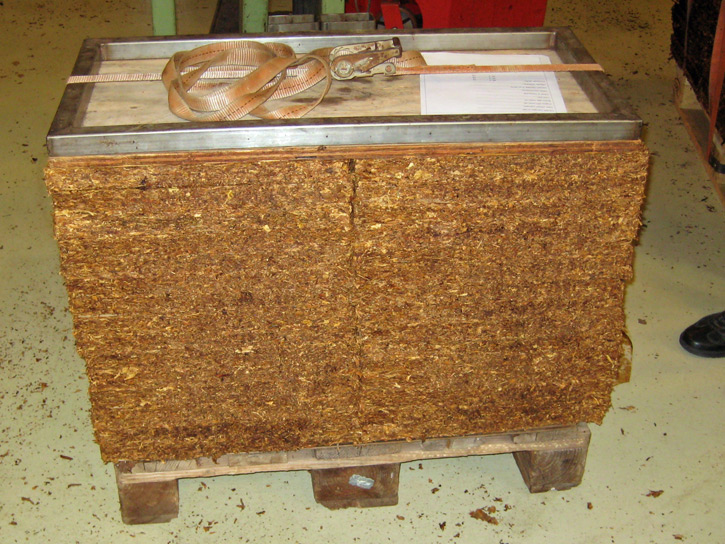
This is about 2 – 2.5 feet high.


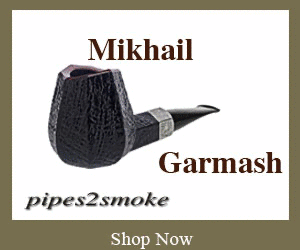









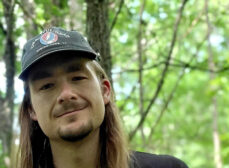
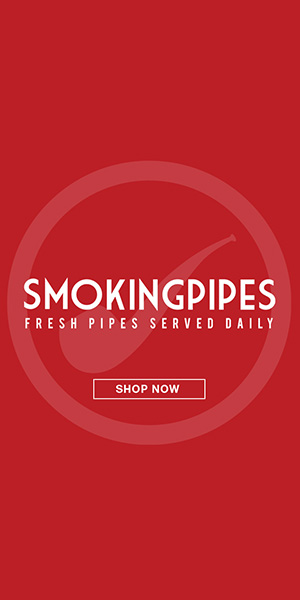

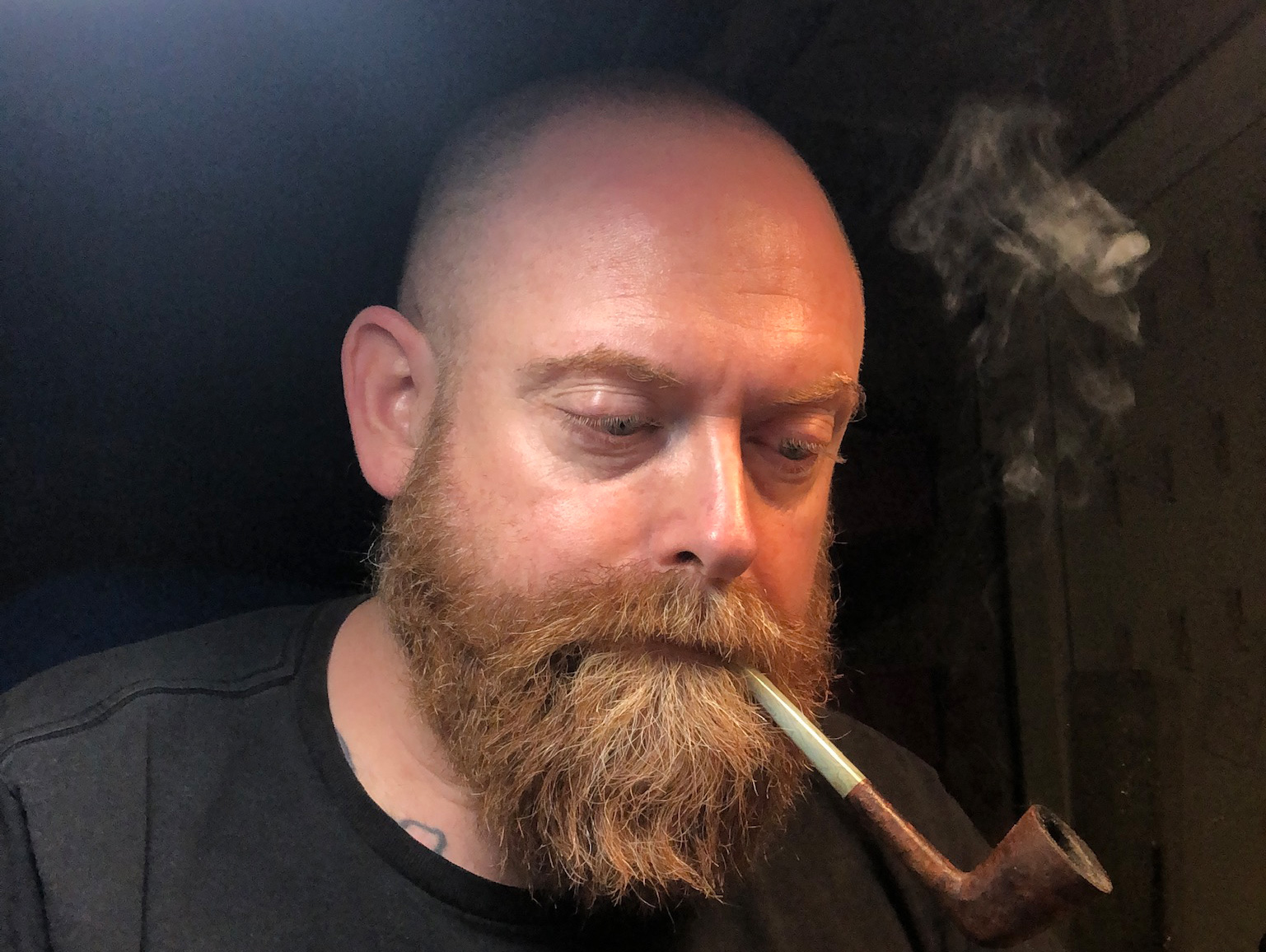
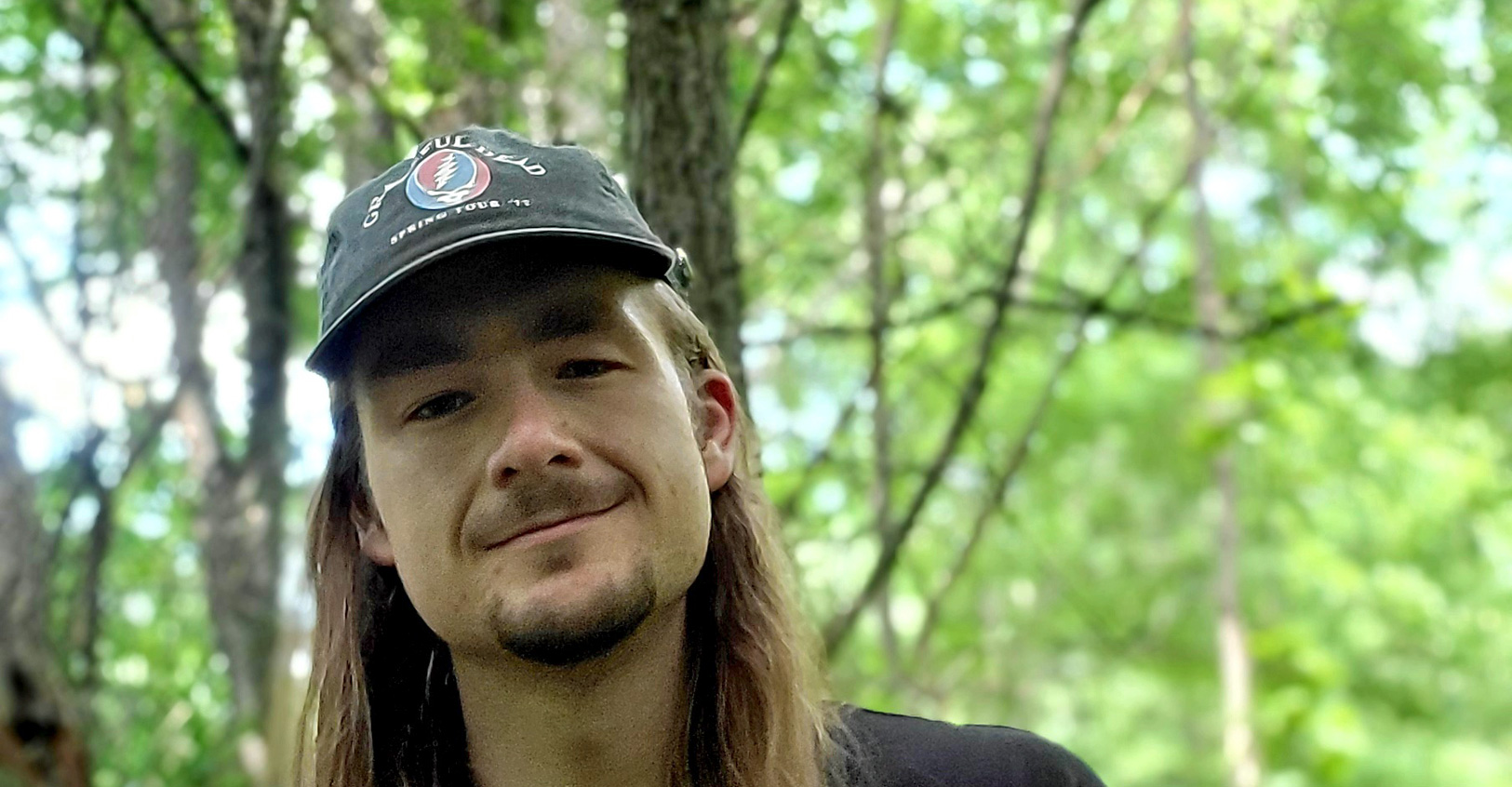

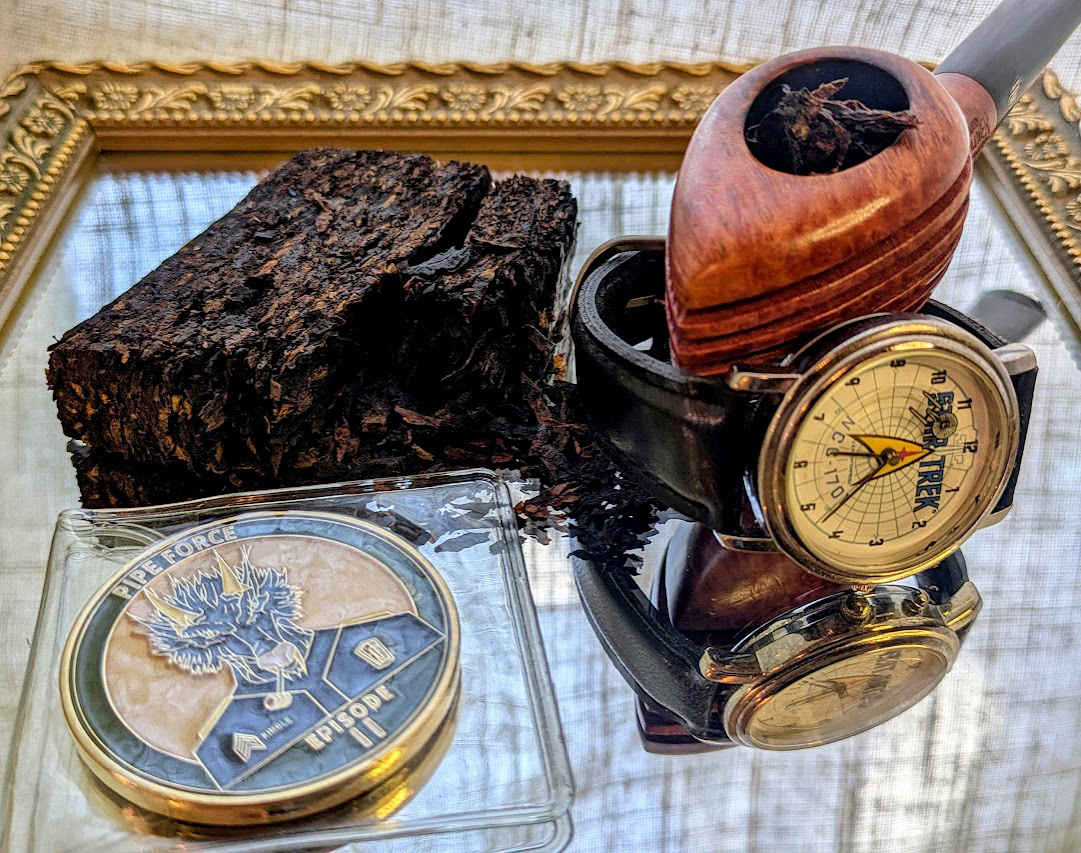
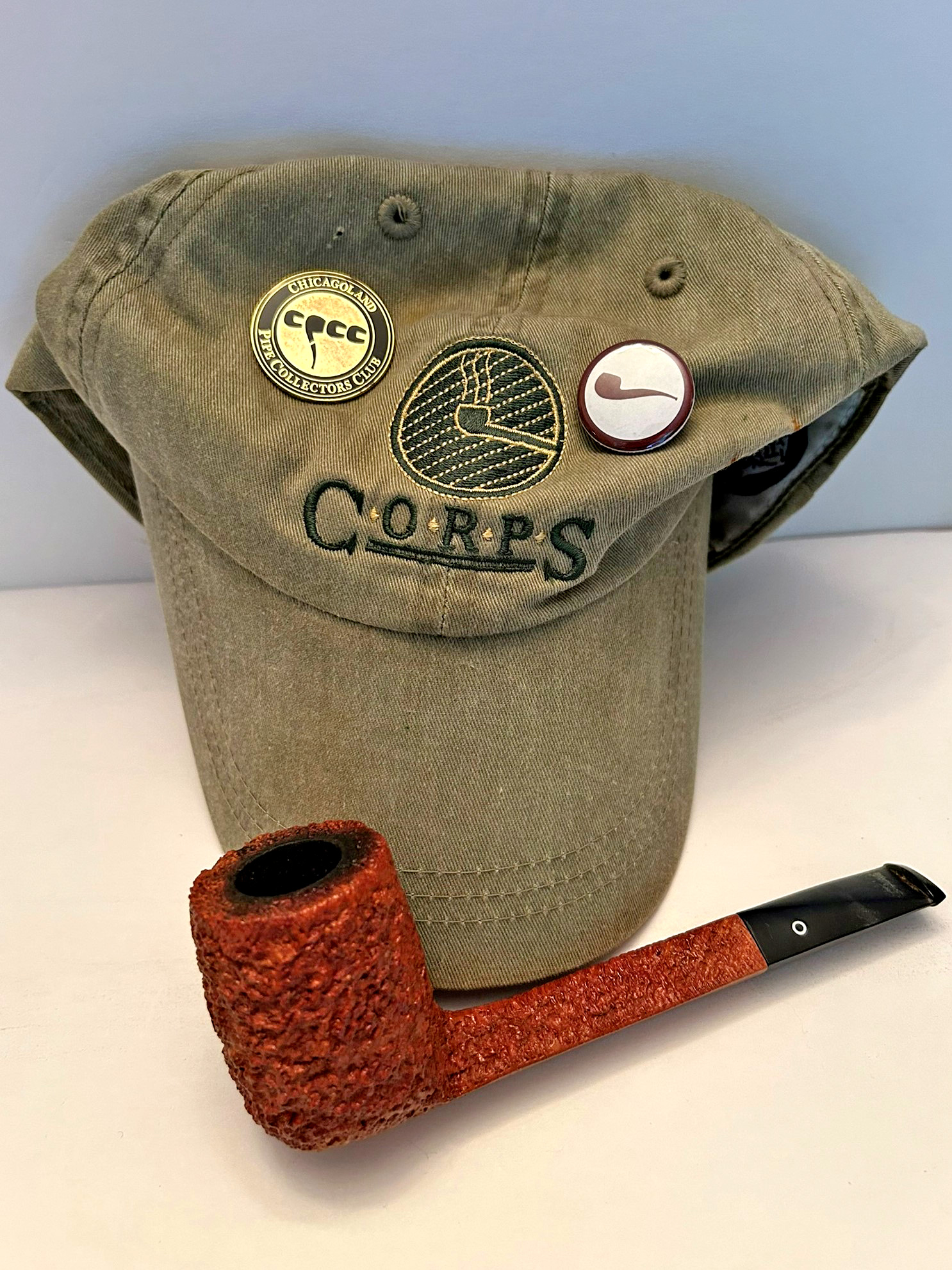


hey Brian,
Pipe Parts: flake tobacco is great. Preparation is important to get the full enjoyment of the flavor. I like Full Virginia Flake (SH on the label). Great when it is aged.
Ronnie B. great restoration work, he did some great restoration work for a member of our club. Great information on meerschaum pipes.
I TOTALLY agree with your rant.
I am sure I will c u in Chicago next week. Safe travels!
Dear Brian,
Frank here from Michigan! I started listening to the show right as it started, but not long after I left the forum and stopped listening to the podcast. Over the past week I have caught up! I am rather sad that I have though, because now I have to wait a whole week until I can listen to another new show!
As with many pipe smokers, I love flake tobaccos… My two favorites being Samuel Gawith Full Virginia Flake and Orlik Brown Sliced. Really fun to learn about it. Now if I could own a 40 pound brick of flake tobacco, I would be the happiest man alive haha.
Once again a great interview and rant. I truly hope that I get some time to sit down and smoke with you at the Chicago show. Until then take care.
-Frank
I really like flake tobacco though at times it is a pain to deal with. Really important to me that the flake be rather dry.
Ronni B was a pleasure to listen. No shortage of opinions there.
Look forward to seeing everyone in Chi-Town.
Hi Brian, let me tell you that you have a very good show and since i discovered it i did’nt miss one podcast. Just to let you know about two persons that you might be interseeted in for your show. first my good buddy Gianni Librizzi who is a young pipe collector that have been intronized to the famous “confrèrie des maitres pipiers” of Saint Calude in France last fall and he also have a very good blog call Tabac Club(http://www.tabacclub.com/)that talks about pipes and cigars. The second person is not a single person but a familly. The Blatter familly have been pipe maker for 5 generation in Montréal( they are the last pipemaker in Québec)and there making very nice pipes. The youngest Patrick blatter is very nice, he would be probabbly very happy to talk about his passion. Here is their website(witch is not very nice but tobacco laws in Québec are very restrictive)http://www.blatterpipes.com/
hope it will help you
Another great show, thanks Brian. The flake take was very interesting although I personally would not grind my flakes. I prefer the cube cut method for a cool, great tasting smoke. I smoke flakes exclusively and have 25 different ones in my rotation. Your guest was a wealth of information and it just reinforced my belief of how important a hand cut stem is to my smoking enjoyment.